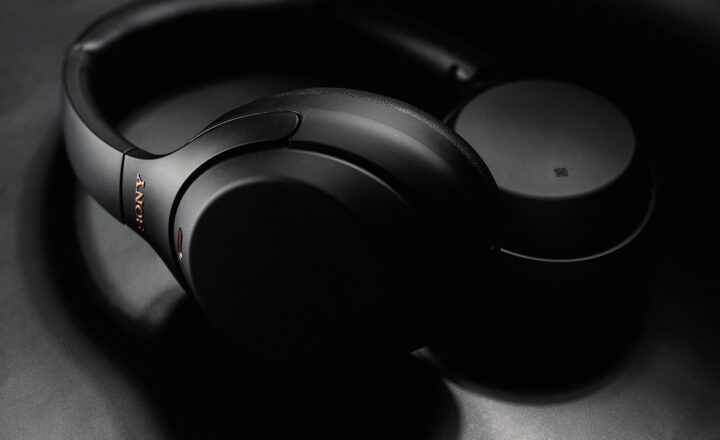Understanding the Differences Between Hi-Fi, Mid-Fi, and Lo-Fi Sound Systems
November 13, 2024

Sound systems have come a long way since the days of simple radios. Today, audiophiles and casual listeners alike have a wide range of options to choose from, including Hi-Fi, Mid-Fi, and Lo-Fi systems. Understanding the differences between these categories is crucial when deciding on the best audio setup for your needs.
1. What Are Hi-Fi, Mid-Fi, and Lo-Fi?
To start, it’s essential to define each term clearly:
– Hi-Fi (High Fidelity): Hi-Fi sound systems are designed to reproduce sound with utmost accuracy and clarity. They aim to provide an audio experience as close to the original source material as possible. Hi-Fi systems typically include high-quality components and speakers.
– Mid-Fi (Mid Fidelity): Mid-Fi systems represent a middle ground between Hi-Fi and Lo-Fi. While they offer decent sound quality and performance, they do not achieve the same level of audio precision as Hi-Fi systems. Mid-Fi is often a more affordable option that appeals to the average listener.
– Lo-Fi (Low Fidelity): Lo-Fi sound systems have less emphasis on audio quality. They often produce a warmer, more distorted sound that some listeners find appealing. Lo-Fi systems may be more budget-friendly, focusing on convenience and style rather than precision.
2. Key Characteristics of Each System
Below are the key characteristics that differentiate Hi-Fi, Mid-Fi, and Lo-Fi sound systems:
- Hi-Fi Systems: High-end equipment, rich sound profiles, minimal distortion, extensive soundstage, and compatibility with various high-resolution audio formats like FLAC or DSD.
- Mid-Fi Systems: Good sound quality at a reasonable price, decent components, and acceptable distortion levels but not as adept at handling complex audio scenarios as Hi-Fi.
- Lo-Fi Systems: Budget components, distinctively colored sound, generous distortion, and a fun, laid-back listening experience rather than critical detail-oriented reproduction.
3. Components of Each System
When building or evaluating sound systems, the components play a critical role in defining quality and performance:
Hi-Fi Components
• Speakers: High-quality models (often floor-standing) with wide frequency responses.
• Amplifiers: High-performance amplifiers that ensure very low distortion.
• Sources: CD players, vinyl turntables, or high-res digital sources.
• Cables: High-quality interconnects that minimize signal loss and interference.
Mid-Fi Components
• Speakers: Good quality bookshelf or tower speakers, often with reasonable frequency responses.
• Amplifiers: Decent amps that provide acceptable power with moderate distortion.
• Sources: Standard CD players or digital streaming devices.
• Cables: Good-quality cables that do not significantly affect sound quality.
Lo-Fi Components
• Speakers: Smaller bookshelf speakers or portable Bluetooth speakers.
• Amplifiers: Basic integrated amps or low-power solutions.
• Sources: Low-end CD players, tapes, or streaming from lower-quality sources.
• Cables: Basic or low-cost cables, often neglecting specifications that could improve sound quality.
4. Listening Experience
Listeners’ preferences can determine which system they might enjoy more:
– Hi-Fi Listening: Perfect for detailed, immersive listening sessions; suitable for classical, jazz, and other genres that benefit from precise sound reproduction.
– Mid-Fi Listening: Great for casual everyday listening, good enough for a range of music without breaking the bank.
– Lo-Fi Listening: Ideal for specific genres like lo-fi hip-hop or surf rock where distortion adds character; best enjoyed in relaxed settings without critical listening.
5. Finding the Right System for You
When choosing between Hi-Fi, Mid-Fi, and Lo-Fi sound systems, consider the following factors:
– Budget: Determine how much you are willing to spend.
– Listening Habits: Reflect on how and when you listen to music – critical sessions or casual enjoyment.
– Space: Consider the room where the system will be set up; larger systems may not work in smaller spaces.
– Style Preferences: Do you prefer sleek, high-end aesthetics, or are you leaning toward a more retro vibe?
Ultimately, selecting a sound system should align with your personal needs, preferences, and situation.
Conclusion
Understanding the distinctions between Hi-Fi, Mid-Fi, and Lo-Fi sound systems empowers consumers to make informed audio decisions. Whether you’re an audiophile seeking the best in audio fidelity, or a casual listener looking for enjoyable sound without hefty cost, there’s a system to suit your lifestyle.
Select your system wisely, and enjoy the diverse world of sound quality tailored to fit your needs.







